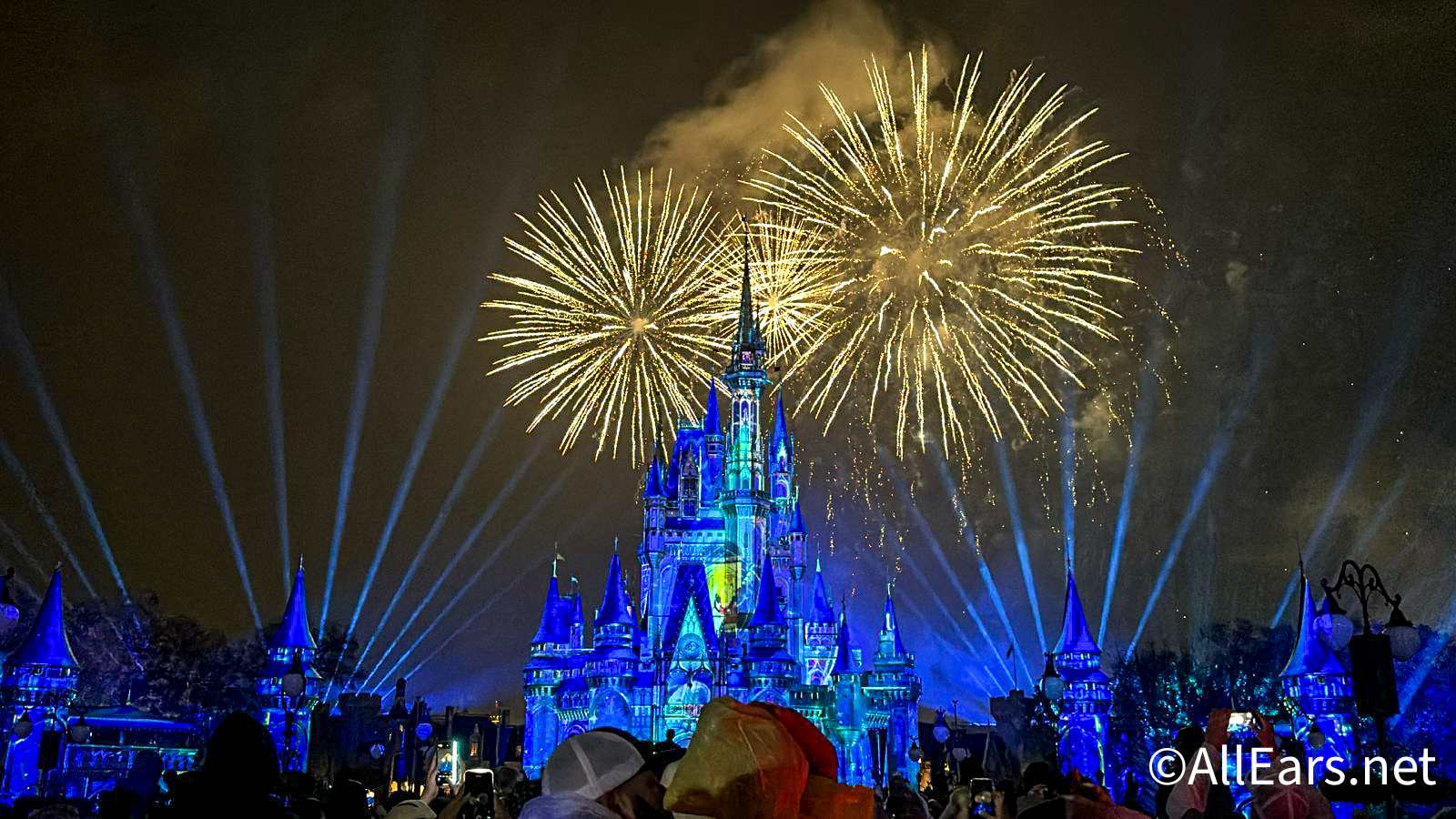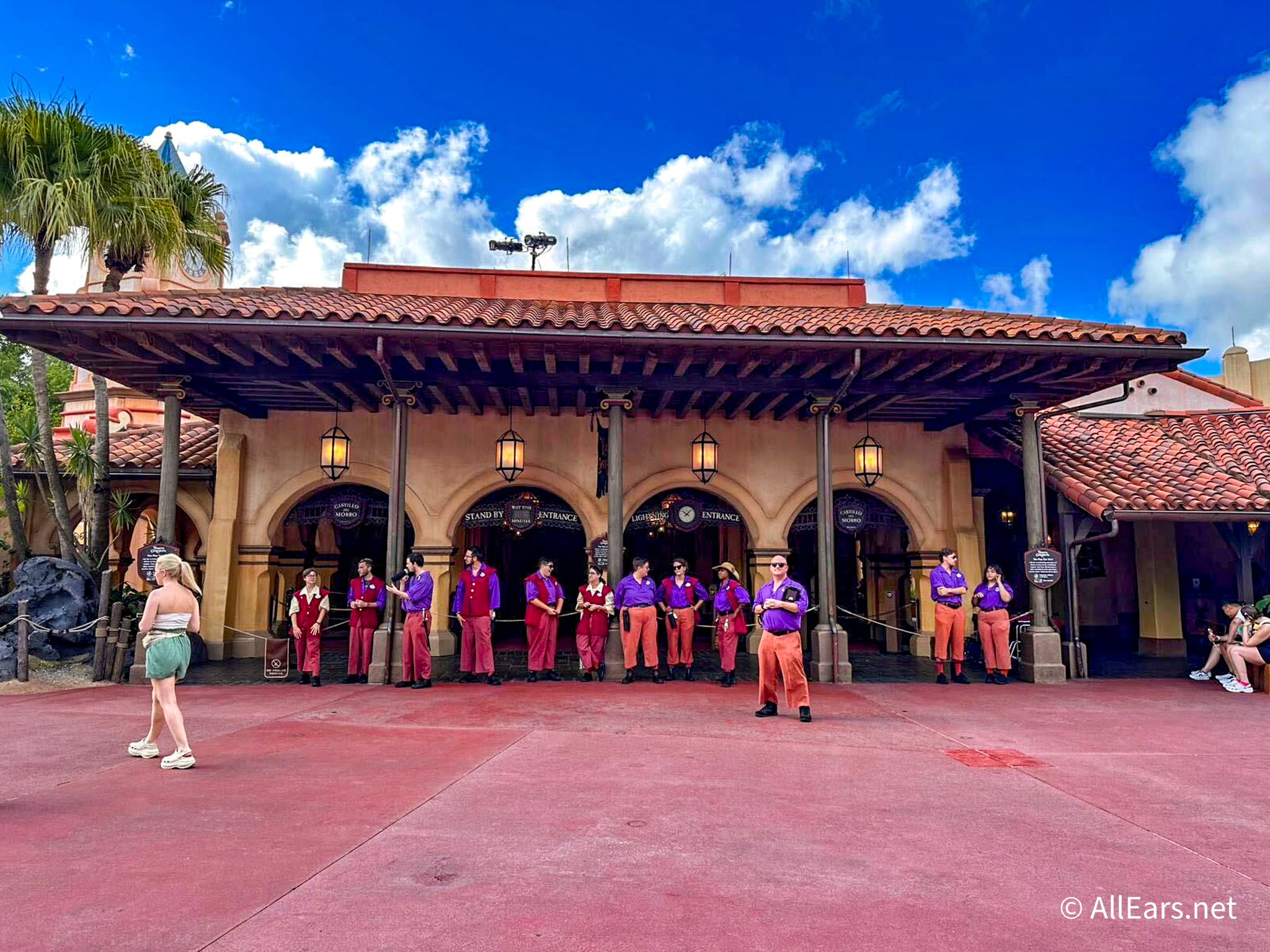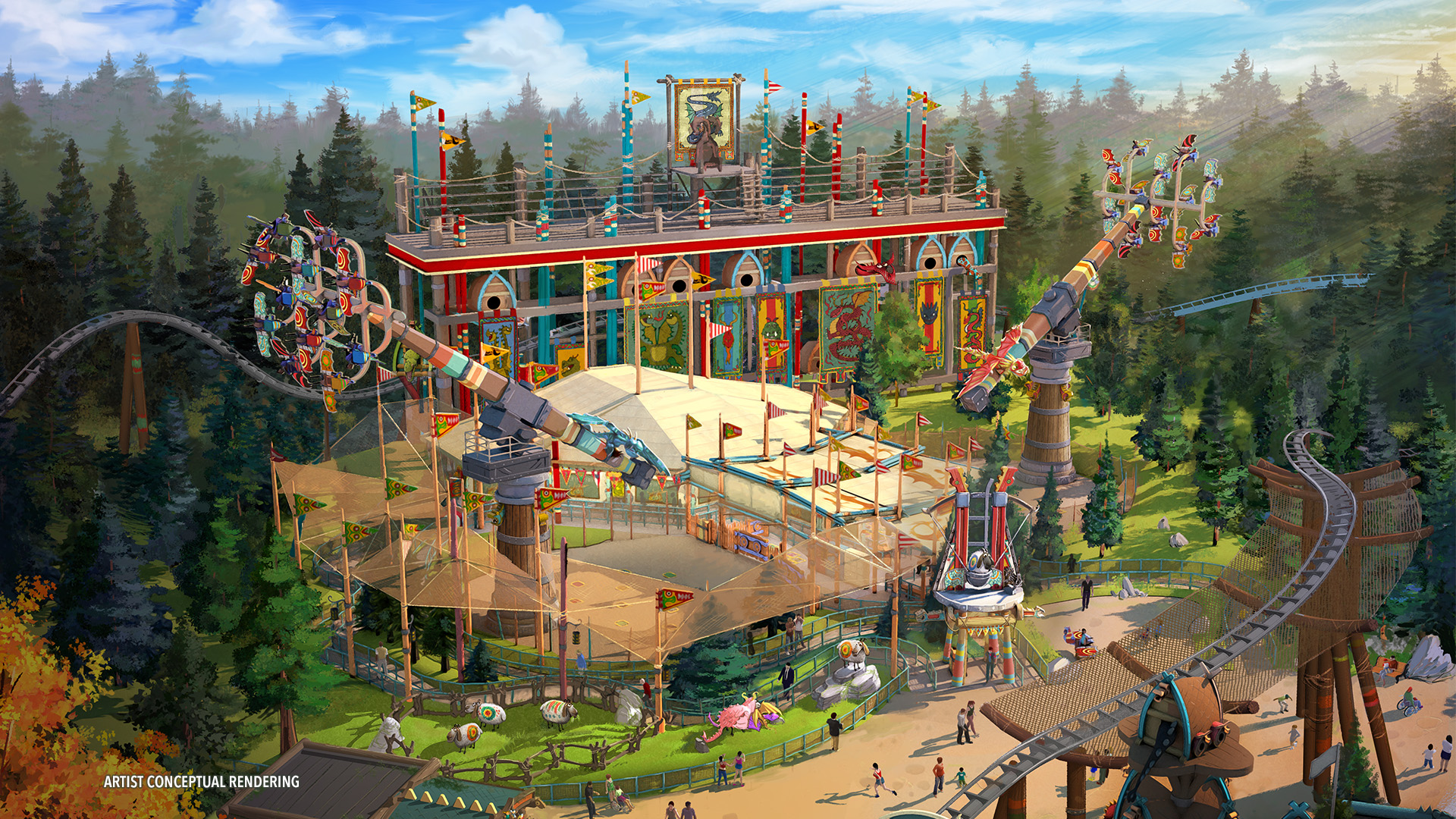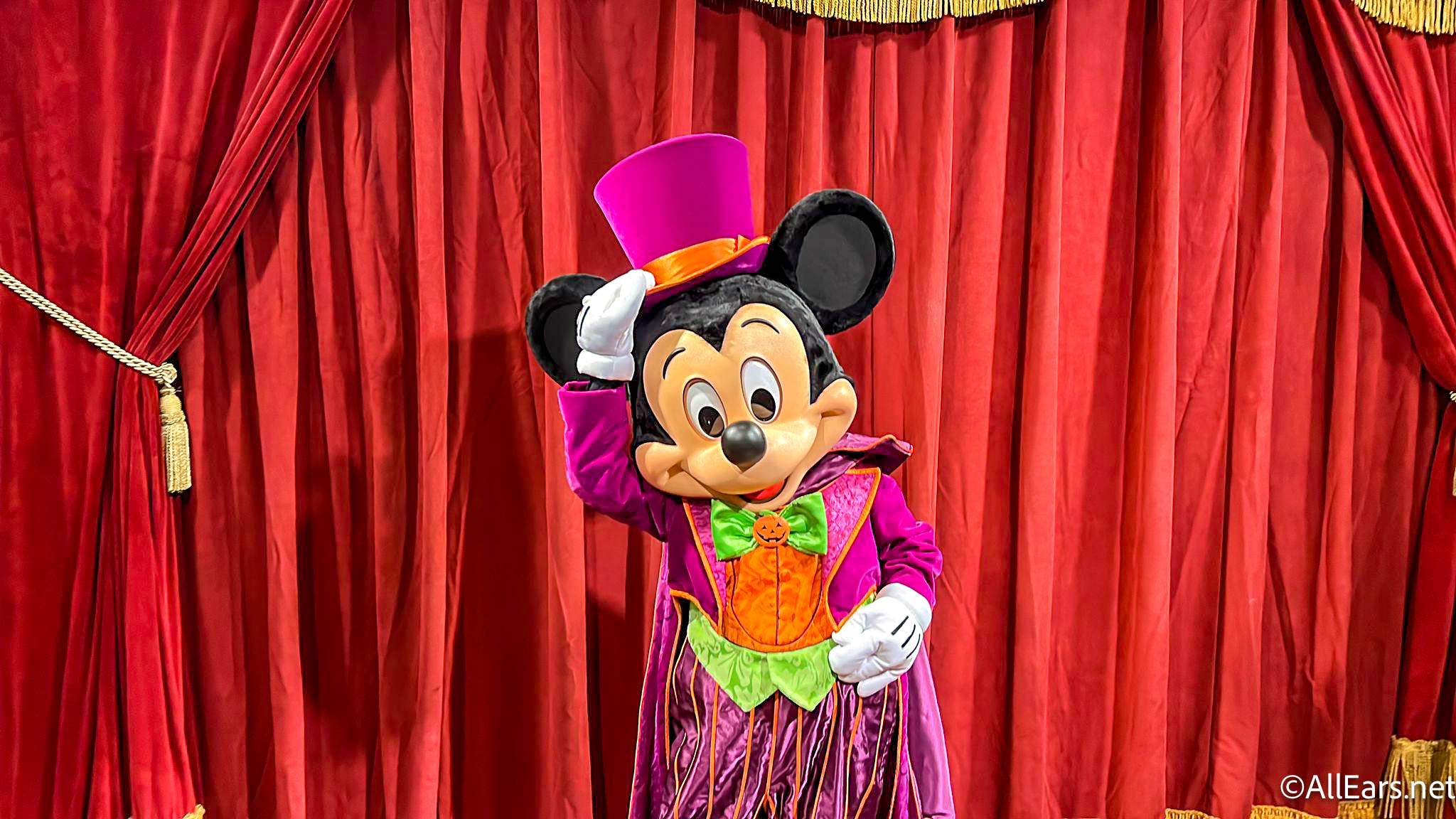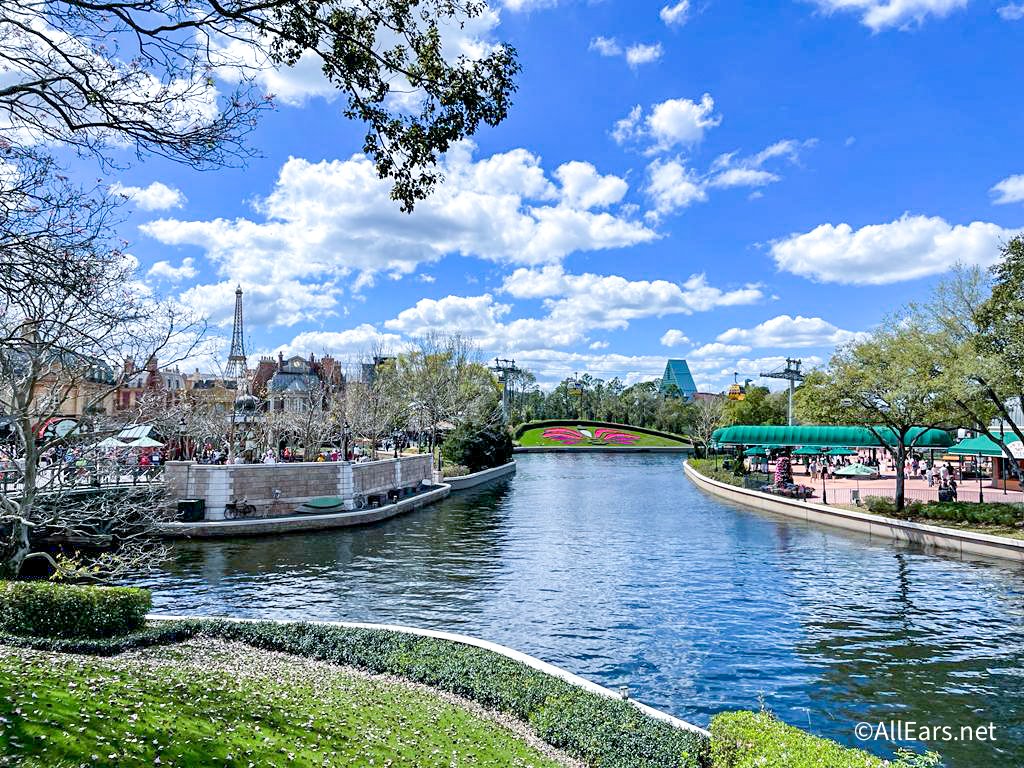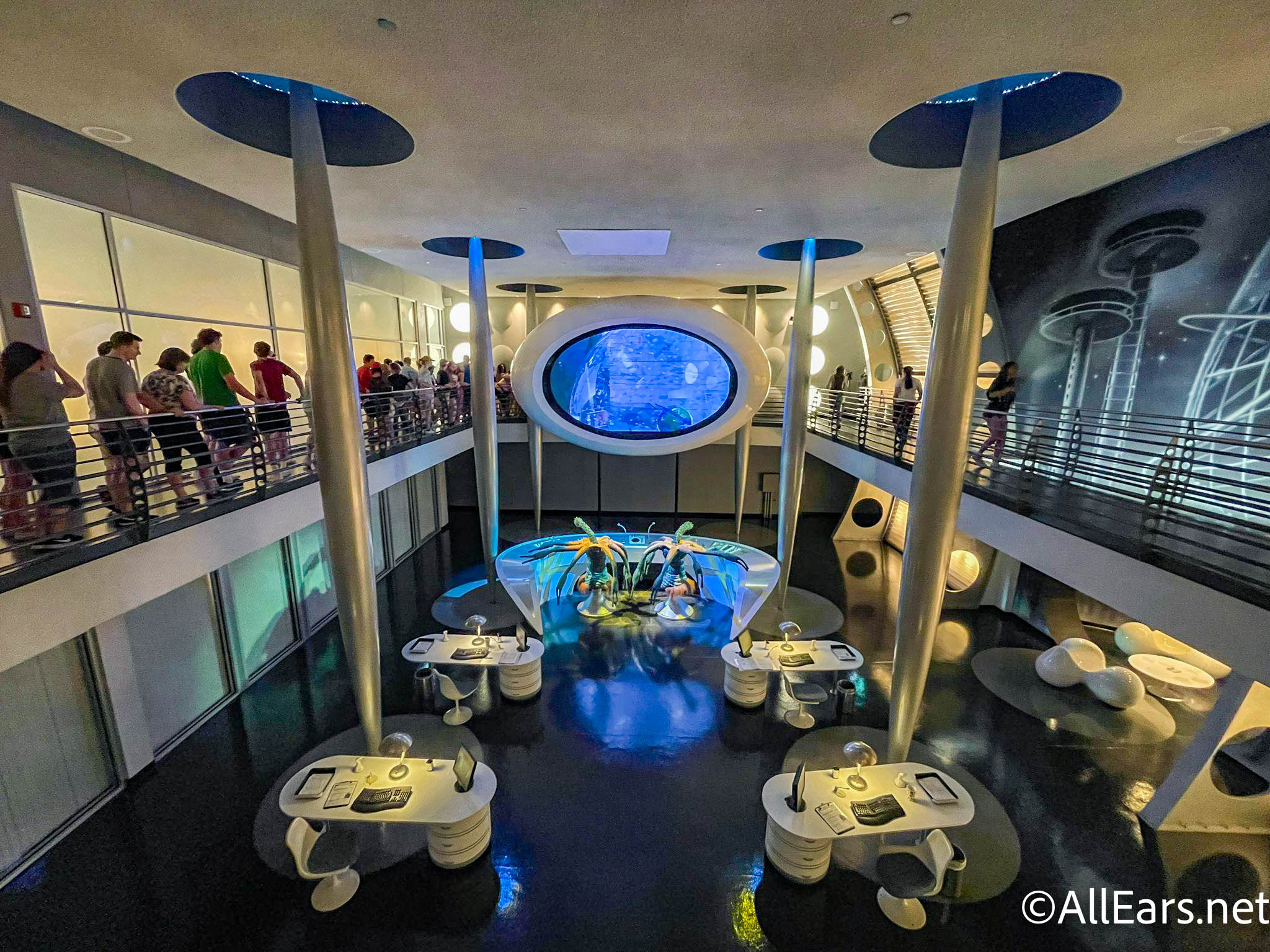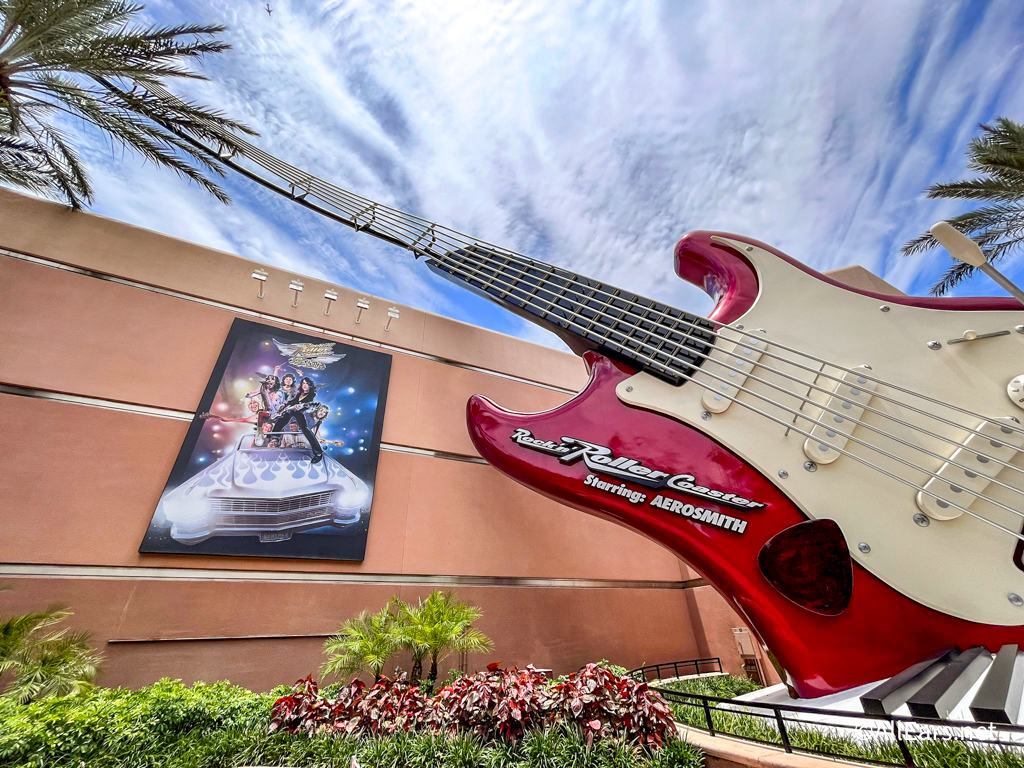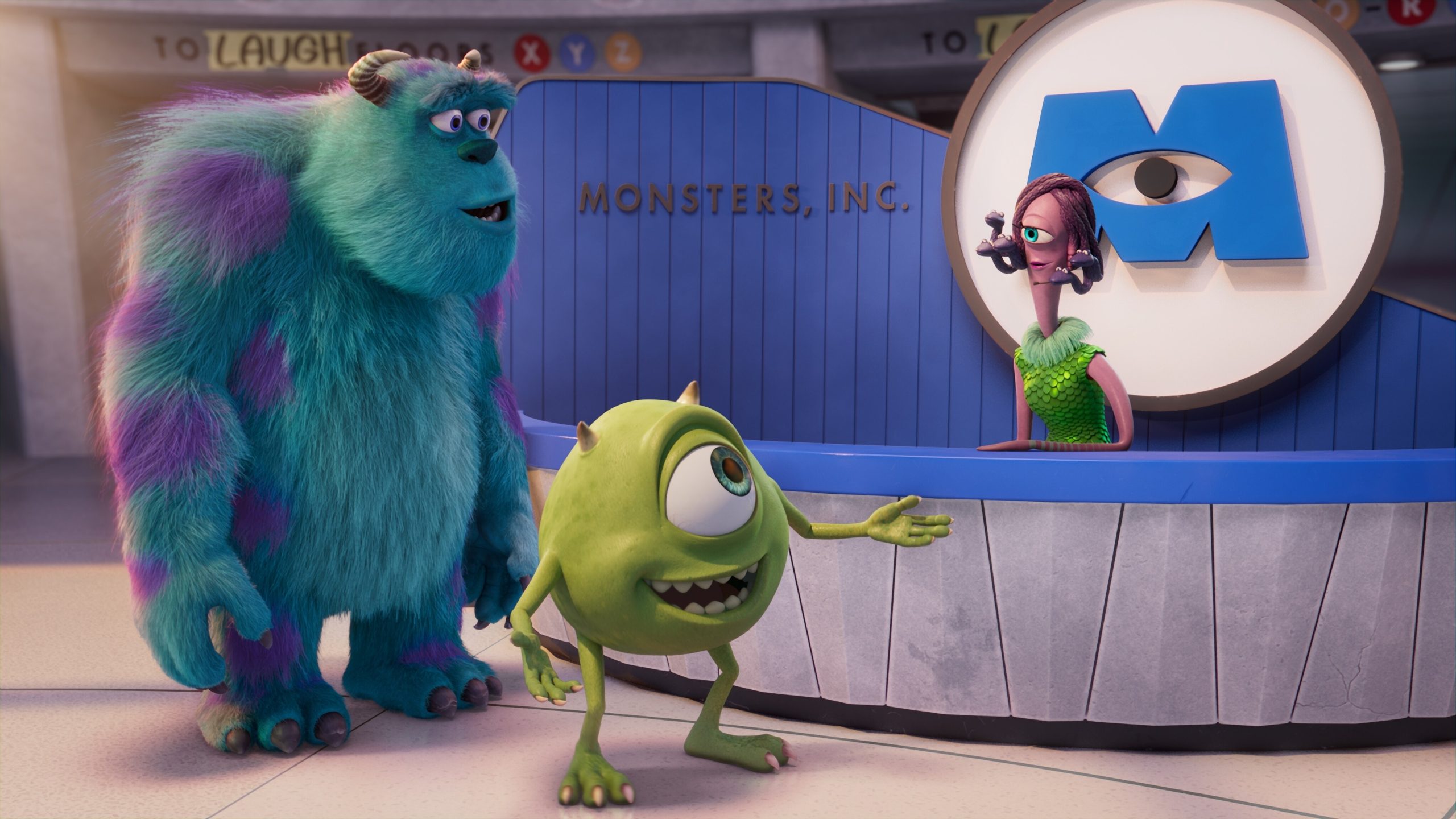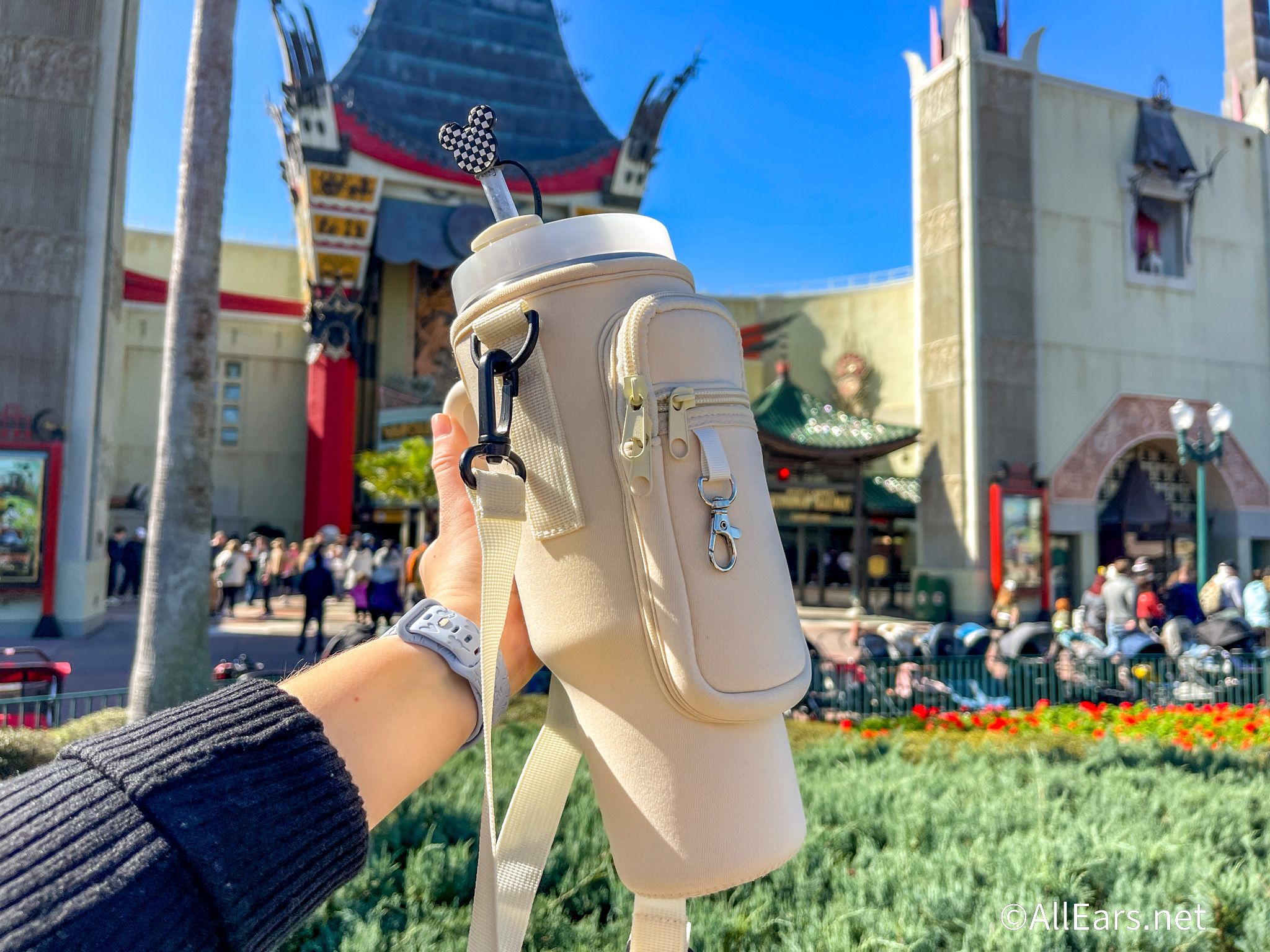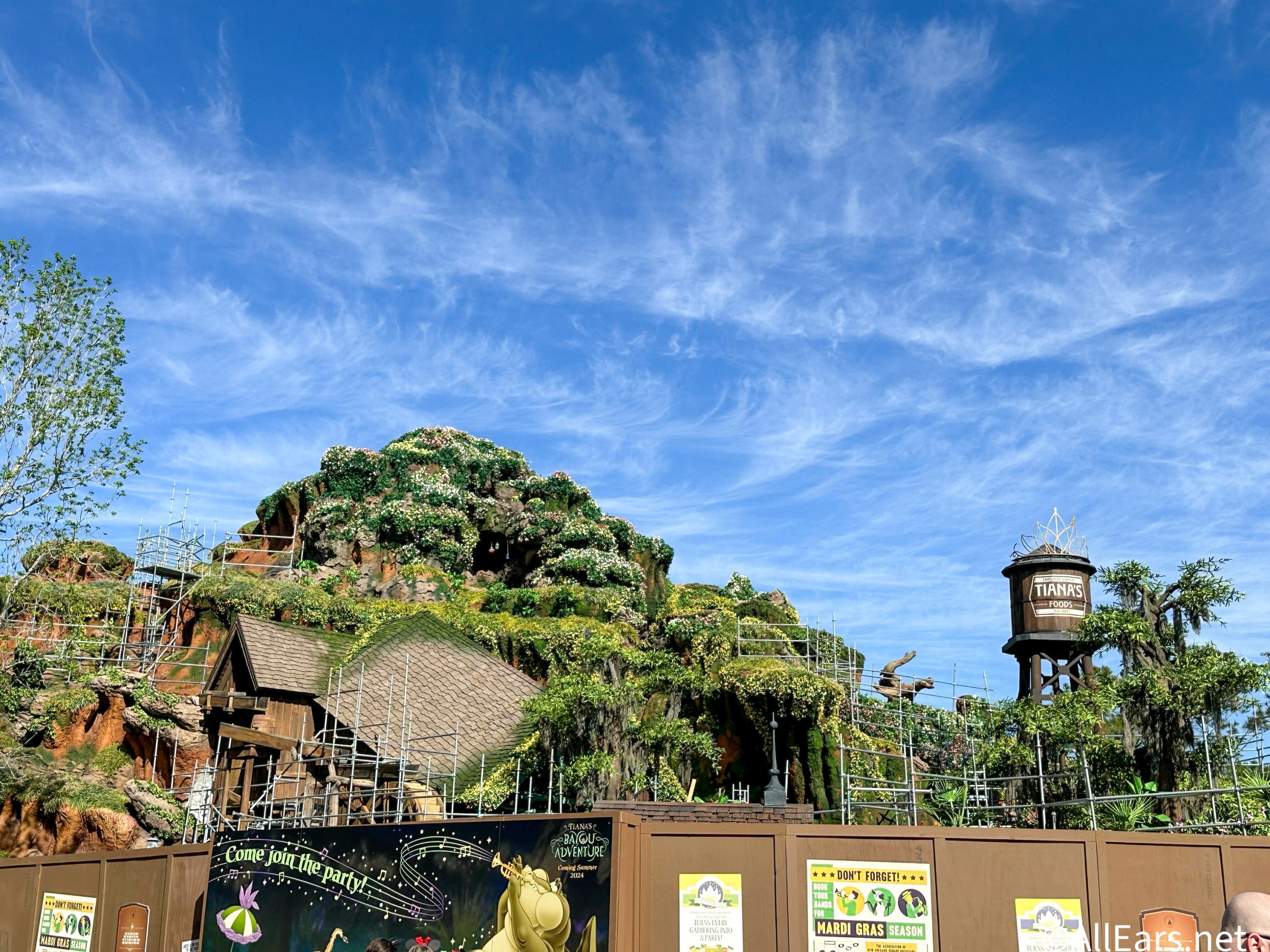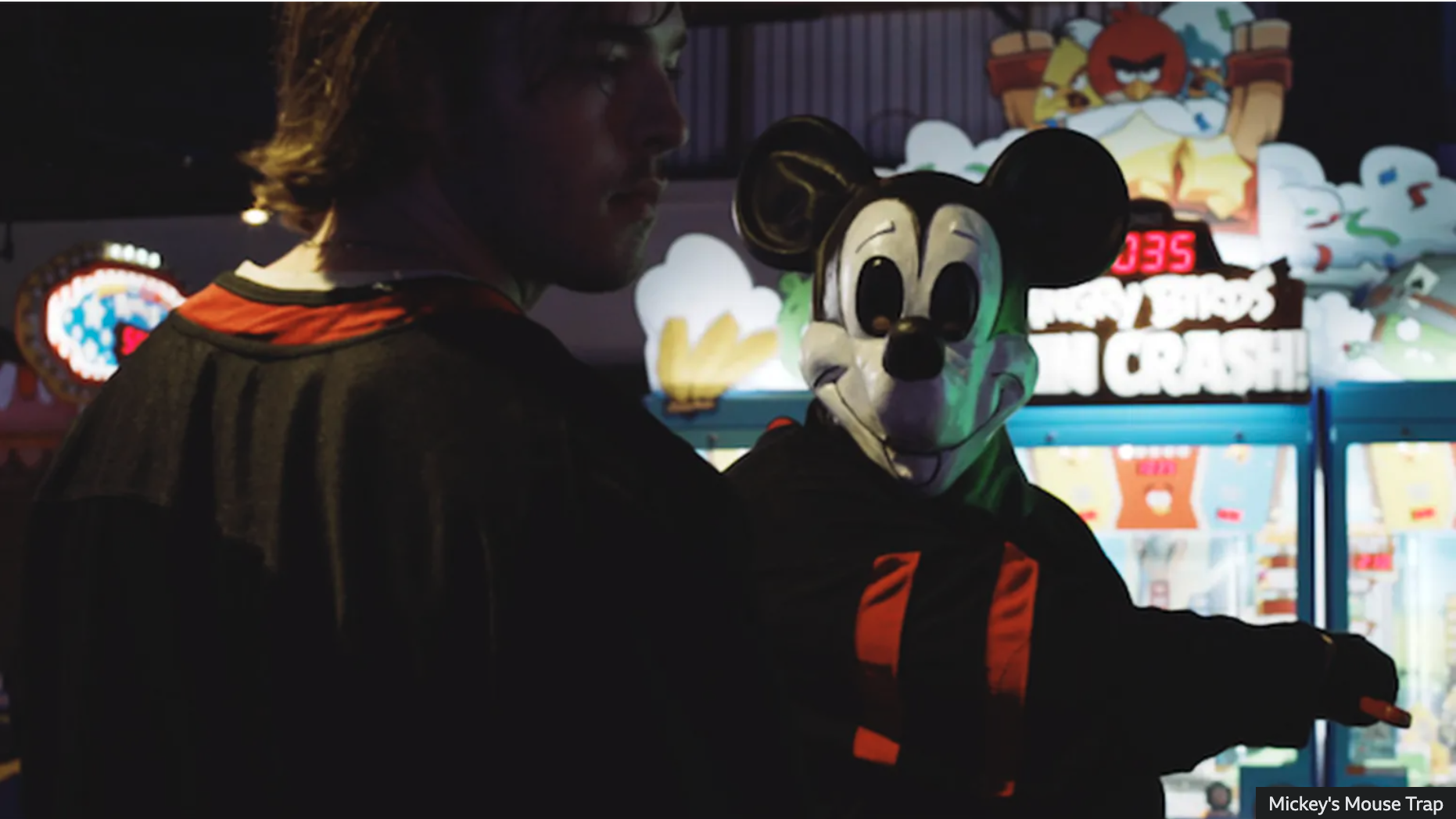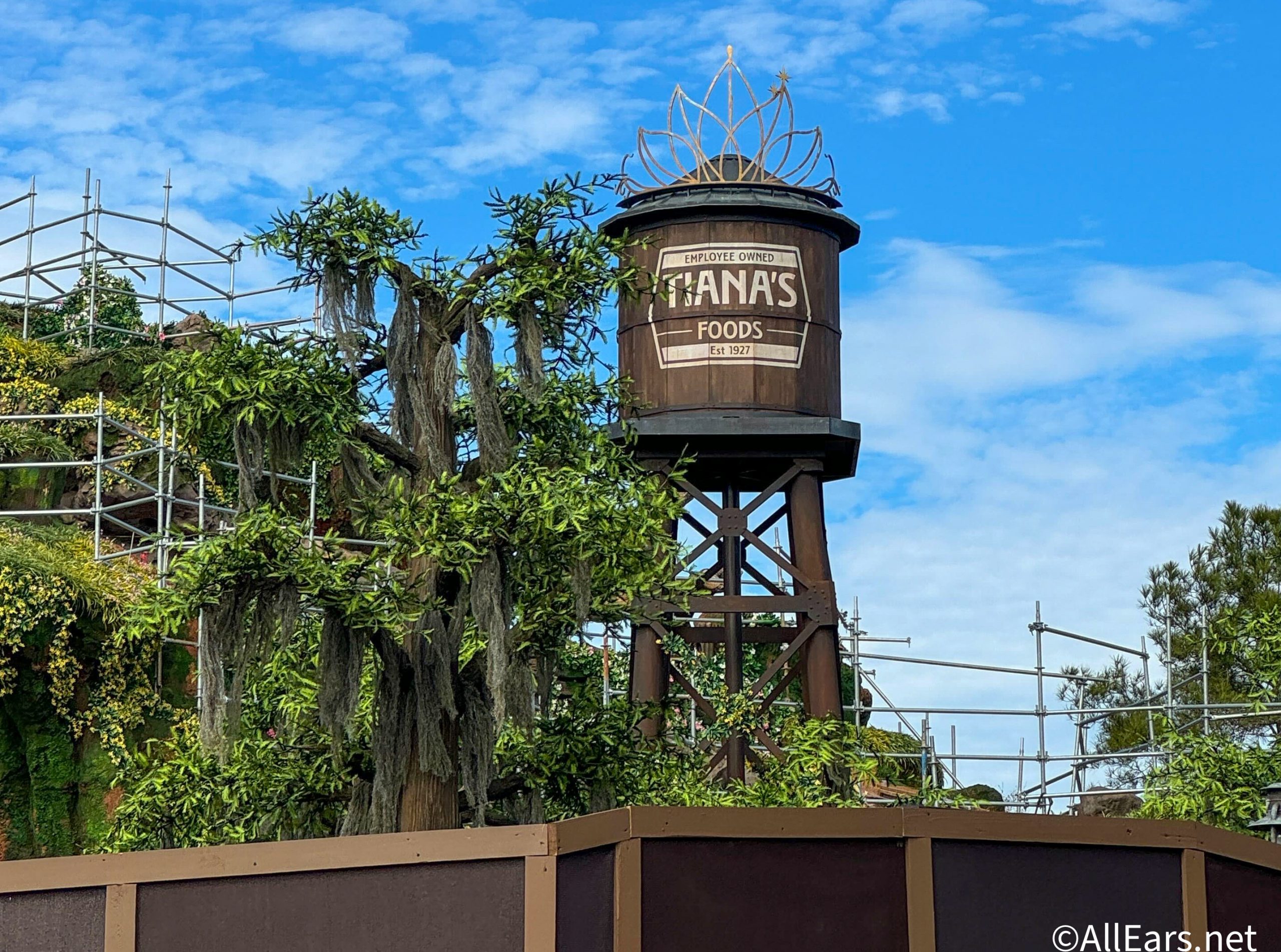10 Easy Tips to Making Better Videos
by Dan Cohen
AllEars® Guest Columnist
Feature Article
This article appeared in the June 14, 2011 Issue #612 of ALL EARS® (ISSN: 1533-0753)
There are many simple ways to make your home videos interesting and entertaining. The tips I will be discussing take very little time or energy, but can have a big impact on your filming. Using even just a few of these 10 simple tips will elevate the quality of the home videos you take at Walt Disney World.
1. Always, and I mean ALWAYS, have your camera with you.I put mine in my fanny pack for the entirety of my trip. There is no point in having a video camera if you never use it. There is no point to taking a video camera on vacation and then leaving it in the hotel room. You'll regret it if you don't have your camera when the perfect shot happens and presents itself. Don't think you'll need it? Take it anyway, because I guarantee that you will wish you did.
2. Have at least one extra battery and several pieces of extra recording media (tapes/SD cards/etc.). You do not want to run out of tape or power just when a Disney Cast Member offers you a visit to Cinderella Castle. I carry three batteries. At all times, one is in the camera, a fully charged spare is in my camera bag, and the last is in the charger in the hotel room. If you do not have an extra battery, be VERY diligent about charging your single battery every night in the hotel. You did bring your charger, right? Most home users are penny-wise and pound-foolish about this subject, and there is no logic to skimping in this area. Your batteries and recording media are the cheapest part of your equipment, and it only makes sense to have extras. You can usually buy a generic extra battery for $15 to $40, and I buy my tapes in packs of 8 from a wholesale club for less than $25. When the camcorder itself likely costs several hundred dollars, these are small investments in comparison.
3. If possible, and it probably is on your camera, figure out how to manually set the white balance even if your camera has automatic white balance. Indoor lighting releases an incomplete spectrum of color, and indoor footage that has not been white-balanced appropriatelyturns out looking jaundiced and yellowed. Once filmed, this is hard to correct, even with good editing software, and you will save yourself a lot of headaches if you film with your colors balanced from the beginning. The automatic white balancing feature works fine in my camera for outdoor shots, but I utilize settings that compensate for fluorescent lights when I move inside. Poorly balanced footage will be especially noticeable when filming in both outdoor and indoor settings — exactly the circumstances at WDW! The visual differences between the different clips can be striking and the high color outdoor shots can make the indoor shots look sickly and unpleasant.
4. Avoiding shaky footage needs to be a priority. Shaky footage distracts from what you are filming and your audience will have trouble focusing on your subject. When you are shooting, keep the camera as still as possible! Your camera may have what is called Electronic Image Stabilization or Optical Image Stabilization. Either can make a big difference in your footage, and can help compensate for the normal bounces and jitters that happen during filming. The key is to avoid shaky footage in the first place. Prop yourself or your camera against something when you are recording. Since I don't normally want to take a tripod with me into the parks, I usually balance my camera on a table or I crouch down and balance my camera on my knee. If this isn't possible, I lean against a wall or something solid when I'm filming.While it looks cool to walk around with the camera viewfinder up to your eye, your footage may be unwatchable if you do. Audiences can usually handle a few seconds of this if it is part of your story, but they won't watch much more. The movies The Blair Witch Project and Cloverfield were filmed with the "run and gun" perspective a lot of filmmakers are using these days, where shaky video supposedly adds to the visual aesthetic.But both movies gave me motion sickness and this took away from my enjoyment. If you do computer editing, there are some software packages to stabilize shaky footage.There is a free video editing software package called Virtualdub, which has a free plug-in called Deshaker that you can use to salvage footage that is shaky. But always remember that properly filmed material is much more preferable.
5. When you are filming, be sure to leave a "tail" on either end of what you are filming. Try to start filming 3-5 seconds before the action starts and hold the camera for at least 3-5 seconds after the action ends. This helps to prevent your audience from being jarred from scene to scene, and it helps them to mentally prepare for scene changes.You have done this successfully if your audience doesn't notice the cuts and changes between scenes. In essence, you likely will never get credit for doing this, but you and your audience will likely notice if you haven't left spaces for transitioning from scene to scene.
6. I have a quick comment on using the zoom feature in your camera. Use it as little as possible, rather than zooming in and out. This is easier for your audience. Check whether your camera has optical or digital zoom. If it only has digital zoom, do not use it at all and physically move closer to your subject to get the shot you want.If you use digital zoom to focus on something further and further away, using it will quickly degrade your image quality. If you have optical zoom, it will work fine, but try not to use it when you are recording. Instead, zoom in to where you want your shot to be, and then start filming your subject. Most people who use a camcorder use their zoom WAY too much by zooming in and out and in and out, which distracts your audience. If you have to zoom in or out while you are recording, do it very slowly.
7. When you are focusing on someone's face, don't be afraid to use your zoom to push in pretty closely. Your audience probably won't notice if you crop a little off the top or side of a person's head in order to capture more of their facial expressions.This makes your subject's emotions the focus of your clip, and can be a powerful way of capturing someone's feelings. Many people try to film too wide an area, which gives your audience too many things to attend to. Your subject needs the attention.
8. Most video cameras function very well in generally well-lit settings. But few cameras handle extreme light or dark conditions without some tweaking on the part of the user. You don't need to be a lighting expert to take good home video, but it is important to think a little about light. Some cameras have automatic settings for bright days or for dark environments, and the better cameras offer manual controls that allow you to set film speed and aperture settings. My camera has different settings for especially bright days, filming when a subject is backlit on a stage, and for low-light situations. They work wonderfully and they can be a great way to make your video that much better. Even if your camera doesn't have this ability, simple and low-tech fixes go a long way. I love overcast days when I am filming. The clouds diffuse the light, which avoids putting glares or hot spots on your subject. Try to do most of your filming when the sun isn't right above you.Try to also be aware of where you are facing when you are filming on a sunny day. If the sun is behind you, your subject is likely squinting because they are forced to face you (and thus the sun). Can you go under a tree or awning for the shot, or can you wait until the sun goes behind a cloud? If the sun is behind your subject, their face is facing away from the light and is likely dark and shadowed on the film. This can cause you to lose some of the subject's facial expressions. Is there a way you can position your subject so that more light hits their face? Is there somewhere else you can take a similar shot where you aren't in the bright sun? Especially dark environments are equally challenging, and cameras can vary widely in their ability to handle low-light situations. If you are in a building, can you position your subject by a window where outside light or perhaps a candle on a restaurant table will illuminate them better? Can you get the shot before entering the dark environment? Learning to effectively manage changing lighting conditions seems to mostly come with practice, so practice as much as you can in a variety of different lighting environments. For general home video purposes a little bit of thought on this subject goes a long way.
9. Let's talk about basic shot composition. The best way to film your subjects is to place them slightly off-center in the viewfinder or LCD screen. For some reason, our brains find images much more interesting this way.Please don't ask me why, I don't know, I just know it works. An easy way to do this is to mentally divide your image into thirds, and to try to put your subject into either the right or left "box". When you do this you need to show some good judgment. If you are filming a person for instance, making them face in a direction where they have space in front of them is important, smooshing their face into the side of the video is not. Check out this video to learn some of the basics.
10. Think hard about whether you want to take your video camera with you on rides or not. Personally, I don't. I fear dropping my camera and suspect that the bowels of most Disney attractions are filled with the shattered remains of many video cameras. When you consider that you probably have at least a few hundred dollars invested in your video camera and equipment, you probably don't want to take the risk.
BONUS TIP: I think the last suggestion I will give you is the most important, and that is to think very hard about what you are filming. Many home users capture too much setting and not enough of the human interest part of their video. The portions of my WDW home videos that I love the most are not of the parks, they are of my family. The look on my daughters' faces when they first entered the parks or hugged a princess were the most priceless parts of my trip. Make sure that you are filming what is most important to you, and your most important subjects are probably the family and friends who are visiting the parks with you.
= = = = = = = = = = = = =
RELATED LINKS
= = = = = = = = = = = = =
Dan Cohen previously wrote for AllEars.Net last fall:
Video Shooting 1-2-3 (beginning-middle-end), AllEars® Issue #573
http://allears.net/pl/issue573.htm
=-=-=-=-=-=-=-=-=-=-=-=-=
ABOUT THE AUTHOR: Dan Cohen is a self-described Disney nerd who sometimes goes by the name "Disney Dan", who also happens to be a freelance writer and video hobbyist. He is especially partial to classic Disney Imagineering (especially the Haunted Mansion and The Enchanted Tiki Room) and animation (his favorite Disney movie of all time is the short, "The Skeleton Dance"). He uses a Canon HV30 as his camcorder, a Rode Videomic as his microphone, and Sony Vegas Movie Studio (Platinum Edition) as his video editing software.
-o-o-o-o-o-o-o-o-o-o-o-
Editor's Note: This story/information was accurate when it was published. Please be sure to confirm all current rates, information and other details before planning your trip.


